Unless you walk around or go through life with tunnel vision, it’s obvious that Cities across the states are undergoing gentrification with no stopping in sight. I wrote an article entitled Gentrification During COVID in My Brooklyn Neighborhood. The article focuses on how my neighborhood, like others, is changing due to gentrification. Some feel it’s for the better, whiles others believe these changes negatively impact low-income residents who occupy said neighborhood. If by chance you missed the article, no worries. With the displacement of residents due to the area’s renovations and a shift in the characteristics of the neighborhood, I felt a need to go outside the issue of housing and step into the eye of the storm to explore what gentrification means for local schools.
Inner-City Educational Environments vs. Suburbs
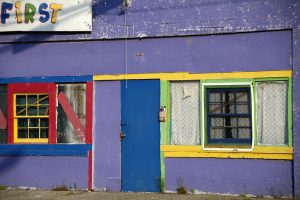 One day I was on the bus, and as it moved from neighborhood to neighborhood, I noticed how different the infrastructure of children’s daycare centers changed along the way. The appearance of the buildings went from store-front daycare centers in need of a paint job, to beautifully and colorfully laid-out environments.
One day I was on the bus, and as it moved from neighborhood to neighborhood, I noticed how different the infrastructure of children’s daycare centers changed along the way. The appearance of the buildings went from store-front daycare centers in need of a paint job, to beautifully and colorfully laid-out environments.
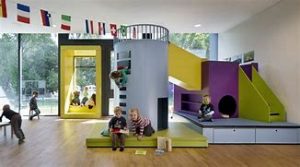
There are also disparities in the way High Schools and Colleges look and what they offer. Suburban High Schools often look park-like complete with social and extracurricular activities and sports facilities other than a basketball court. Classrooms are complete with PCs and interactive Smart Boards. Any student would take pleasure in being there. I once visited a College campus in Staten Island (one of the 5 NYC boroughs). Its environment appeared to be a sense of connection. A source of identity for the town and an island in itself, those who attend this institution in my opinion were made to feel part of the SI community.
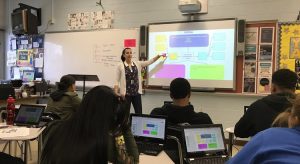
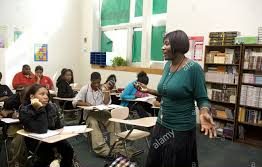
On the other hand, Inner-city schools may have a prison-like design with classrooms lacking in resources and life. Perhaps it can also be said that many, inner-city High Schools are viewed as difficult with stressed-out faculty and function like prisons where students enter buildings through metal detectors. If the device goes off they are bodily searched. This combined with the lack of resources is not conducive to the student’s learning environment or learning experience.
The Circle Back: Gentrification and its Impact on Local Schools
Now, as neighborhoods continue to enter into the world of gentrification, I was moved to ask myself if this process in any way impact local schools in those areas? A Denver, Colorado school principal, Sheldon Reynolds who is a Black American, reported that enrollment at the school has been spiraling downward over the past few years. The number of students fell from nearly 400 students in 2014 to 278 students in 2018.
Could this fall in student enrollment be attributed to gentrification? Reynolds seems to believe so. Citing multiple factors that contribute to the school’s low enrollment such as academic struggles. His thoughts are that gentrification and the accompanying displacement of some residents in the neighborhood is also a contributing factor. Because of the changes in demographics and resident displacements as a result of gentrification, those who are moving into the “made over” neighborhood, may not feel so comfortable enrolling their children in the local school and opt for “better schools” out of the very area they now reside in.
Not to belabor the inflation of gentrification, but let me add this, new research exists that quantifies gentrification’s impact on local schools. Studies show that as neighborhoods nationwide gentrify, they tend to lose students. In 2019, Francis Pearman, a Black American Stanford assistant professor conducted this study that examined neighborhoods in urban and suburban areas across the U.S. The concluding evidence is that gentrification is associated with declining enrollment at neighborhood schools, especially when gentrifiers are white. Most likely due to what I mentioned in the previous paragraph.
And It Is So
Gentrification often coincides with an expansion of alternatives to neighborhood schools, as has happened in Denver, and any other inner-city neighborhood in any given city, going through transformation, where families can choose from a host of district and charter school options. With the information provided in this article and my previous article on gentrification, one could only guess what the results or consequences that could exist for the students who remain in their neighborhood school. Yes! You got it! Schools like these may be forced to scramble with budget cuts. I don’t think there will be any Lacrosse, Soccer, or swimming teams there. This takes us back to my discussion on inner-city schools vs. suburban schools.
On Another Note
For families who choose to stay in gentrified neighborhoods and gentrifiers who opt to enroll their children in the local district school, there is a side note that I will include here. In New York City where I live, there are neighborhoods in Brooklyn and Queens where there appears to be a decrease in school segregation. Some schools are likely to see changes in the composition of the student body as gentrifying neighborhoods become home to a more diverse population. I guess that could be considered a plus. Yeah. Maybe. Let me also add that in a UCLA Civil Rights Project study, their analysis shows that while school segregation is decreasing in gentrifying areas, the percentage of intensely segregated schools is on the rise in non-gentrifying neighborhoods.
Conclusion but Not the End
This is the conclusion of this article, but not the end of the discussion on gentrification. I leave with you this thought. For gentrification to be considered a complete success, it needs to be a shared opportunity for all parties. Persistent and aggressive action is needed that views schools as neighborhood anchors in ways that Suburbia, USA may view their schools, to ultimately integrate these newly diverse communities.











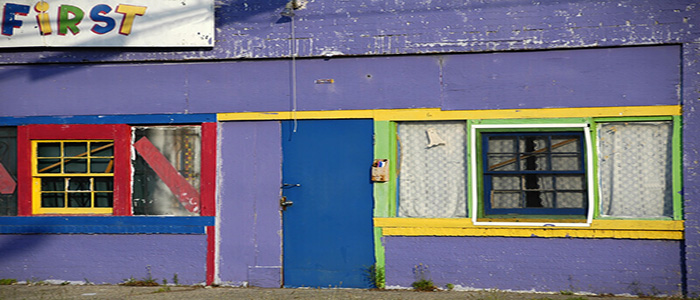

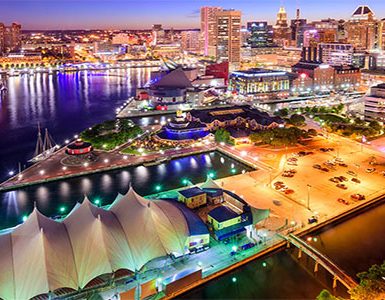
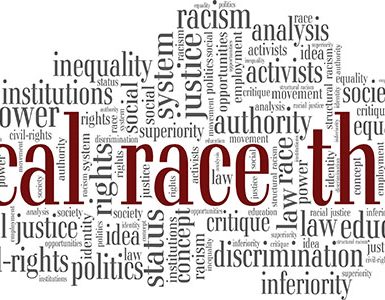



Add comment